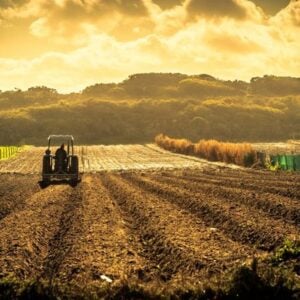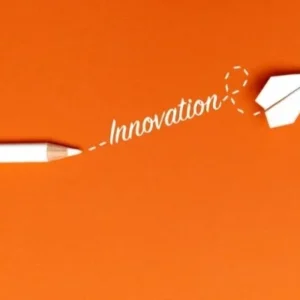The Netherlands has set an ambitious goal to fully implement a circular economy by 2050, targeting key sectors such as consumer goods, plastics, construction, manufacturing, biomass, and food. Under its Circular Economy Programme (2023–2030), the country has identified priority product value chains, including plastics, textiles, and electronic equipment, as critical areas for intervention. The urgency of this transition is underscored by the scale of current waste: municipal waste exceeds nine million tons annually, with textiles contributing significantly to residual waste that is incinerated. Embedding circular economy principles across these value chains will require coordinated action, innovation, collaboration, and long-term commitment.
Viet Nam faces an even greater challenge due to its large population of over 100 million and a rapidly urbanizing society. The country generates approximately 68,000 tons of solid waste daily, with 70% still managed through landfills. In response, Viet Nam has adopted the National Action Plan on Circular Economy in 2025, mandated Extended Producer Responsibility regulations under the Law on Environment 2020, and launched the National Program on Sustainable Production and Consumption. These frameworks provide the foundation for accelerating circular economy adoption across industries.
The alignment of national targets between the Netherlands and Viet Nam has fostered stronger international partnerships, exemplified by the 2020 Joint Statement between their Ministries of Foreign Affairs and Industry, and the launch of the Accelerate Circular Economy for Business (ACE-Biz) project. ACE-Biz focuses on transforming business practices, developing circular guidelines, delivering capacity-building programs, and fostering technology transfer in high-impact sectors such as plastics, packaging, waste, wastewater, and textiles.
Dutch innovation plays a central role in driving circular economy adoption. Companies are testing new business models through applied research and digital prototyping, while technologies with practical impact are being implemented in real-world settings. For instance, Frankenhuis (Boer Group) addresses textile waste through mechanical recycling and fiberization, while Enschede Textielstad promotes reuse and recycling by transforming recycled or locally sourced yarn into garments and interior textiles. Market-driven innovation is also shaping demand, with firms like Dynteq, NX Filtration, and the ThermoPlastic Composites Application Center developing solutions that respond directly to market needs. These efforts demonstrate the Netherlands’ integrated approach, combining technology, innovation, and collaboration among businesses, academia, and local governments.
Vietnamese enterprises offer strong potential in adopting and scaling circular models due to their access to local markets, feedstock, and favorable business conditions. This potential was highlighted during the Business Event on 4 October 2025, where companies across plastics, packaging, chemicals, wastewater treatment, textiles, and digital solutions explored collaboration with Dutch partners. Key milestones included signing a Memorandum of Understanding between DeepC Industrial Park Management Company and NX Filtration, and a Letter of Intent between Duy Tan Recycling and BASF-Chemetall. Topics such as low-value plastic waste, solar panels, and e-waste also drew significant interest, signaling the beginning of deeper cooperation, supported by governments, diplomatic agencies, and development partners like UNDP.
As Viet Nam accelerates its circular economy transition, collaboration between the government, private sector, and international partners will be essential. The Netherlands–Viet Nam partnership exemplifies how a shared vision, innovation, and private-sector leadership can drive systemic change. From circular textiles to water reuse and low-value plastic recovery, these collaborations provide practical solutions and valuable lessons that can help both countries—and others in the region—move toward a more sustainable, resource-efficient, and resilient future.







